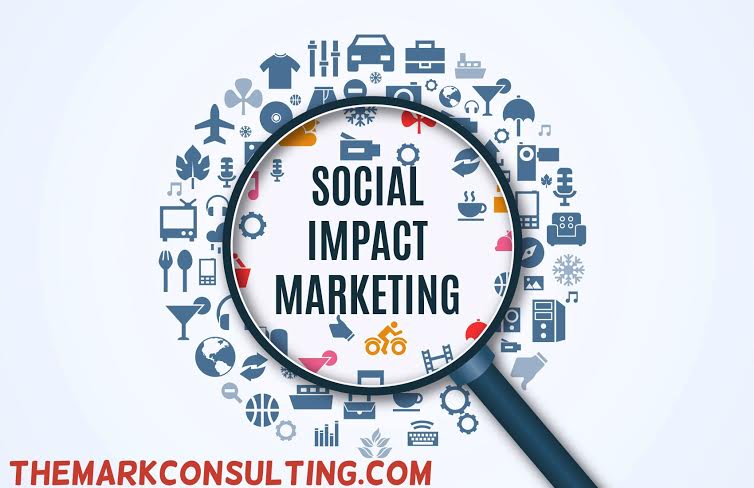
Last year was a busy one for anti-corporate protesters.
Workers walked out of big box stores and fast-food chains over wage issues. Drivers demonstrated against Uber’s compensation packages and tipping policies. Google saw its Bay-area bus service disrupted by protesters who believed the search giant was contributing to income and housing inequality.
While each of these companies had some sort of corporate social responsibility (CSR) policy in place, they clearly did not have a social impact strategy. Had they developed one, these companies might have found areas of agreement with the activists long before the issues rumbled into the public eye. Instead, executives and public relations personnel were forced into a state of perpetual reaction, lurching from one crisis to another.
What is a social impact strategy?
Taking a page out of the nonprofit playbook, corporate entities like Bain & Company, Unilever, Starbucks and others have all recently implemented social impact strategies. A new kind of intellectual framework, social impact strategies allow companies to view their brand from a different perspective in order to constantly reassess their external and internal engagement operations.
Social impact strategies are designed to improve an organization’s overall mission — not just its brand identity. They serve as concrete and measurable plans that have quantifiable business outcomes and definitive societal impacts. Social impact strategies should not be confused with cause marketing or corporate philanthropy.
Unlike nonprofits, most companies cannot dig deep into their profit margins to achieve the kind of positive social impact expected of them. A social impact strategy, therefore, must be developed with revenue in mind — which stands in stark contrast to many CSR statements or policies. As a vertically integrated plan devoid of fluff, social impact strategies contain clear corporate objectives and measurable public deliverables. This means that they’re not for everybody.
Companies that tout their employees’ annual community involvement or sponsor the occasional “give-back” event aren’t the kinds of organizations that need a social impact strategy. For companies that do need them, because of the impact their brands have on social issues — the environment, community health, employment — such displays may create skepticism and cynicism among observers. So, for these companies, a social impact strategy shouldn’t be an afterthought — but an integral part of the corporate mission.
A social impact strategy is a more comprehensive way to think through potential problems to find viable, positive solutions. While the collateral effect of a strong social impact strategy may be to establish a stronger brand identity, brand identity should not be the motivation behind establishing one.
Why are social impact strategies better than a CSR statement?
CSR policies can fall flat for a variety of reasons. First, they typically are incongruent with the company’s growth and profitability objectives. This means that resources allocated to the CSR are the first to be reclaimed when profits dip or growth is stunted. Second, CSR initiatives very often fail to garner support from within the organization, and thus the plan dies internally from a lack of coordination and buy-in.
Traditional CSR policies are almost exclusively focused on protecting a company’s reputation and mitigating emerging problems. Usually, a company has someone assigned to “handle” external engagement, and its proactive efforts at community outreach tend to be weak and cheap. In contrast, social impact strategies are deeply ingrained into the very fabric of the corporate DNA. Awareness of social concerns is a consideration at all levels of the supply chain, and the strategy includes separate initiatives and policies at every rung of the corporate ladder.
Rather than emphasizing the organization’s occasional donations, community building projects or charitable events, a social impact strategy focuses on the company’s day-to-day contributions.
Is this the start of an emerging trend?
While most companies that have implemented a social impact strategy did so so long after they were established, newer companies and startups are increasingly seeing these strategies as a key to long-term viability and growth. Today, before companies even open their doors, their executives are engaging local leaders and stakeholders in discussions about the future and using unbiased research and expert analysis to formulate goals and priorities. Perhaps most importantly, these companies are maintaining their commitment to being good neighbors, by living up to the promises they made.
No plan or strategy can overcome every corporate scandal or misstep. However, companies have a higher probability of avoiding them altogether if they incorporate a social impact strategy that takes a mission-driven approach to community engagement.
Written By: Mike Canarelli Source: www.Entrepreneur.com
